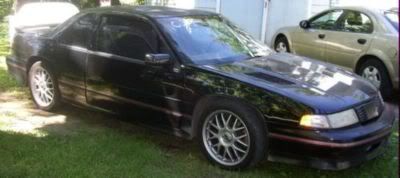Pocket Rocket,
You either didn't understand my post or....
The dual mass allows them to run higher power engines with less possibility of damaging the transmission. In the case of the F40 290 Ftlbs instead of 180 as the old 282s were rated. Of course part of this was due to a redesign. Bottom line is that GM is now selling cars that are FWD and putting down almost 300 ftlbs to the ground while still giving a 100K warranty. This is good news for the hot rodder as we not have a decent trans to use.
You either didn't understand my post or....
The dual mass allows them to run higher power engines with less possibility of damaging the transmission. In the case of the F40 290 Ftlbs instead of 180 as the old 282s were rated. Of course part of this was due to a redesign. Bottom line is that GM is now selling cars that are FWD and putting down almost 300 ftlbs to the ground while still giving a 100K warranty. This is good news for the hot rodder as we not have a decent trans to use.



Comment